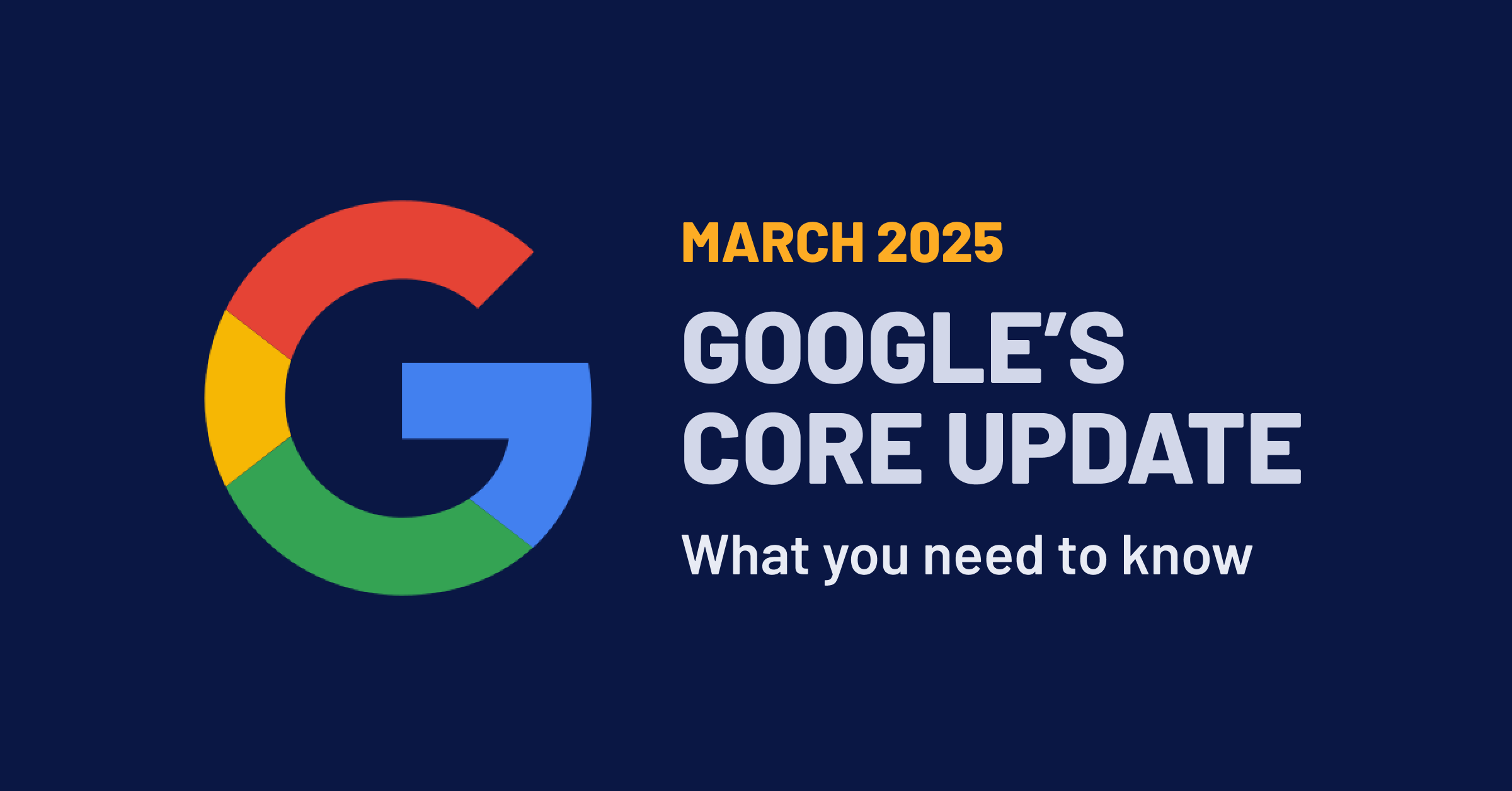
Introduction
Google’s Search Generative Experience (SGE) is revolutionizing how users interact with search engines, necessitating businesses across all sectors to adapt to stay competitive. This article outlines SGE, its implications for SEO services, and general strategies any business can implement to prepare for this new search paradigm.
Understanding SGE and AI Overview Search
SGE represents a significant shift from traditional search methods to a more AI-driven approach, where search results are not just a list of links but a rich, contextual overview generated by AI. This overview provides users with concise, informative answers to their queries, integrating information from various sources to create a comprehensive response.
Adapting to SGE means rethinking how SEO impacts your business. Traditional keyword strategies alone are insufficient; the focus must shift towards creating high-quality, authoritative content that AI can recognize and use to generate accurate and helpful search overviews. In this new era, content quality, relevance, and authority are more crucial than ever.
(Source: Google)
Key Strategies for Preparing for SGE
Improving Product Pages
SGE generates overviews from high-quality, relevant content across the web. Product pages that include comprehensive, detailed information help AI understand and use this data effectively. Such detailed pages are likely to be featured in AI-generated overviews, quickly directing potential customers to the information they need.
Currently, SGE seems to reward those product pages with descriptive, helpful content. It pulls these details into “tags” used to compare products against each other in the generated response.
What to Do:
-
- Detailed Descriptions: Ensure product pages feature rich, detailed descriptions that provide comprehensive information about your offerings, including specifics like dimensions, materials, benefits, and user instructions.
- High-Quality Visuals: Utilize high-resolution images and videos to showcase your products or services effectively. Visual content not only captures user attention but also provides AI with rich media to include in search overviews.
- User Reviews and Testimonials: Incorporate customer reviews and testimonials to enhance credibility. Positive feedback from satisfied customers can significantly impact purchasing decisions and build trust.
Optimizing for Long-Tail Keywords with Middle and Bottom Funnel Content
As AI Overviews efficiently answer top-of-funnel queries, it’s advisable to prioritize content for customers further down in the purchase funnel. Long-tail keywords, specific search phrases with lower competition and higher intent, are now more crucial. Optimizing for these searches ensures your content is more relevant and likely to appear in detailed, AI-generated responses.
Because this search is too top-of-funnel, it will be hard to rank for with the addition of the SGE results
Because this search query doesn’t result in SGE, it’s more likely for your content to get a spot in the traditional SERPs and receive organic traffic (without SGE there to take it away)
What to Do:
-
- Content Development: Focus on creating content that targets specific, niche keywords relevant to your products or services. This can include detailed articles, how-to guides, and FAQs that cater to specific customer needs.
- Examples and Case Studies: Develop case studies and detailed examples that highlight successful projects or use cases, providing concrete evidence that can aid AI in generating relevant search overviews.
- Educational Content: Offering in-depth educational materials such as guides, how-tos, and comprehensive articles, positions your brand as an expert in the field. Topics should be chosen to directly answer customer queries and improve engagement.
- Comparison and Buying Guides: Provide detailed comparisons and buying guides that help users make informed decisions, enhancing their shopping experience and improving conversion rates.
- Client Testimonials: Showcasing successful projects and satisfied customers can move potential clients further down the purchase funnel. Real-world examples and positive feedback enhance credibility and trust, essential for conversions.
Focusing on the N-E-E-A-T-T Strategy
The N-E-E-A-T-T framework (Notability, Experience, Expertise, Authoritativeness, Trustworthiness, Technical Proficiency) aligns closely with how AI evaluates and prioritizes content. Emphasizing these elements ensures your content is recognized as high-quality and reliable.
(Source: Kalicube.com)
What to Do:
-
- Notability: Establish your brand as a thought leader by publishing high-quality content and engaging in public relations activities. Being featured in reputable publications and participating in industry events can enhance your notability.
- Experience: Showcase your brand’s extensive experience and history in the industry. Detailed stories of your brand’s growth and innovation can help establish authority and trustworthiness.
- Expertise: Share your expert knowledge through blog posts, whitepapers, and webinars that delve into the technical aspects of your field. Expertise is a critical factor for AI when selecting authoritative sources.
- Authoritativeness: Create authoritative content that offers valuable insights and detailed information. Such content is more likely to be featured in SGE, enhancing visibility and credibility.
- Trustworthiness: Ensure transparency in all communications and transactions. Clear policies, honest customer service practices, and reliable product information build trust.
- Technical Proficiency: Maintain a technically sound and user-friendly website. Fast load times, mobile optimization, and secure browsing are essential for ensuring that your content is accessible and favored by AI.
Improving Revenue Reporting
With organic traffic, clicks, click-through rates (CTRs), and impressions projected to decrease due to Google’s new AI Overviews, it’s unknown how accurately our current tracking methods will gather this new data. This highlights the need to diversify how we look at revenue reporting.
What to Do:
-
- Attribution Models: Implement sophisticated attribution models to better understand customer journeys. This approach helps in identifying which touchpoints influence purchasing decisions, enabling more targeted marketing strategies.
Implementing Schema Markup and Structured Data
Schema markup helps search engines understand the content on your website better, enhancing the presentation of your pages in search results. With SGE, structured data is even more crucial as it provides AI with the detailed information needed to generate accurate and rich overviews.
What to Do:
-
- Enhancing SERP Appearance: Use schema markup to improve search result snippets, making them more informative and attractive to users. Enhanced snippets can lead to higher click-through rates and better user engagement.
- Examples of Effective Schema Implementation: Employ schema types like product, FAQ, and review schemas to boost visibility. These schemas provide AI with the detailed information necessary to generate rich, informative search results. Here are the 9 most common types of schema that are used today.
Conclusion
By implementing these strategies, any business can effectively prepare for Google’s Search Generative Experience and AI search. Enhancing product pages, optimizing for long-tail searches, focusing on middle and bottom funnel content, employing the N-E-E-A-T-T strategy, and improving revenue reporting are crucial steps in this transformative journey. Embracing these changes positions your business as a leader in the digital landscape, driving growth and success in an increasingly AI-driven world.
Boost Your Online Visibility Today!
Don’t let your website get lost in the crowd. Partner with Overdrive‘s experts for SEO services to drive traffic, improve rankings, and grow your business. Get a consultation now and start dominating the search results!











